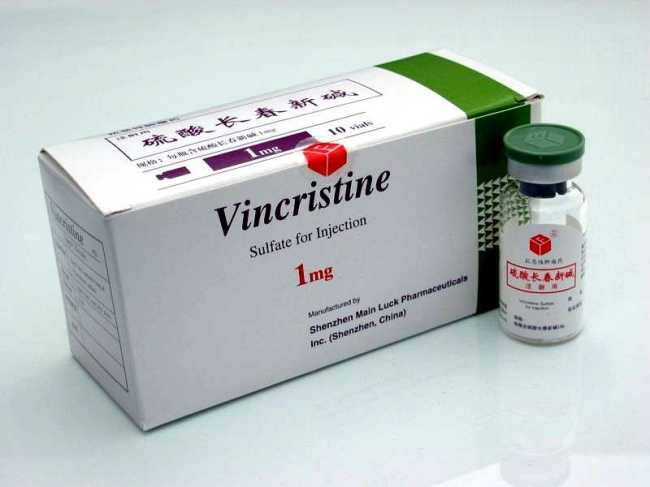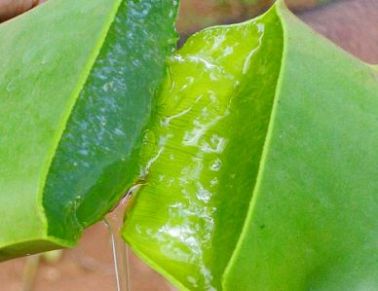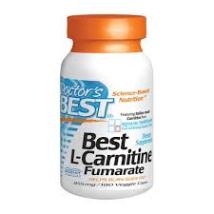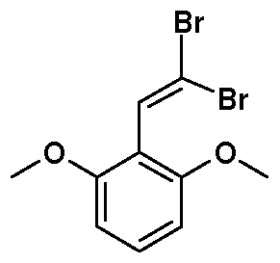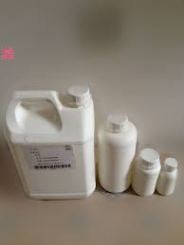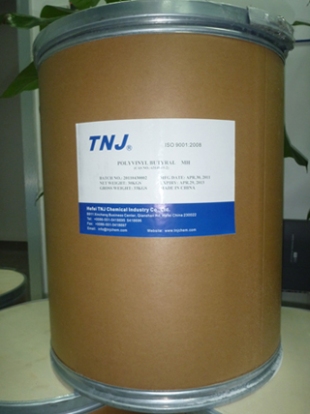 Paroxetine is used to treat mental depression, obsessive-compulsive disorder, panic disorder, generalized anxiety disorder, social anxiety disorder (also known as social phobia), premenstrual dysphoric disorder (PMDD), and posttraumatic stress disorder (PTSD).
Paroxetine is used to treat mental depression, obsessive-compulsive disorder, panic disorder, generalized anxiety disorder, social anxiety disorder (also known as social phobia), premenstrual dysphoric disorder (PMDD), and posttraumatic stress disorder (PTSD).
Paroxetine(CAS NO.: 61869-08-7) belongs to a group of medicines known as selective serotonin reuptake inhibitors (SSRIs). These medicines are thought to work by increasing the activity of the chemical serotonin in the brain.
In deciding to use a medicine, the risks of taking the medicine must be weighed against the good it will do. This is a decision you and your doctor will make.You may have to take paroxetine for several weeks before you begin to feel better. Your doctor should check your progress at regular visits during this time.
Make sure your doctor knows about all the other medicines you are using. It may cause a serious condition called Serotonin Syndrome when taken with certain medicines. This syndrome is more likely to occur shortly after the dose of paroxetine is increased.
The worse side effect I found with paroxetine was that it sometimes didn’t allow me to really feel how I was ment to feel at some situations especially been able to feelings. Also got bad sexual side effects all through my time on this medicine which never went away or got better but I managed and had very understanding partner through the time so I was lucky I guess. Don’t let all the stories scare you, I think there will always be people that things dont work for but they have worked for others, and a lot of people out there are taking this medicine .
Paroxetine is a very good medication for anxiety disorders. Medications affect individuals differently. In clinical studies, it was associated with somnolence (sleepiness) in 15-24% of patients studied, but interestingly insomnia occurred 11-24% of patients.
Sometimes adjusting the time you take the medication can help with this. Since it makes you sleepy, you may want to try taking it around bedtime to see if this helps. Also keep in mind Xanax is much more likely to cause drowsiness, so consider that it could be related to that.
Dizziness is a rare side effect of Paroxetine occuring in less than 2-4% of patients in studies. Dizziness can also be caused by Xanax. In studies with Xanax, dizziness/lightheadedness occurred in > 10% patients, so Xanax would be the more likely cause.
Seizures and fainting are extremely rare in patients on Paroxetine. There has never been a case of true shock (low blood pressure unresponsive to fluids and requiring vasopressors) associated with this medicine when used at appropriate doses.
Want to learn more information about Paroxetine, you can access the guidechem.com. Guidechem.com is just a place for you to look for some chemicals. Guidechem provide the most convenient conditions for the international buyers and let these leads benefit all the business people.
